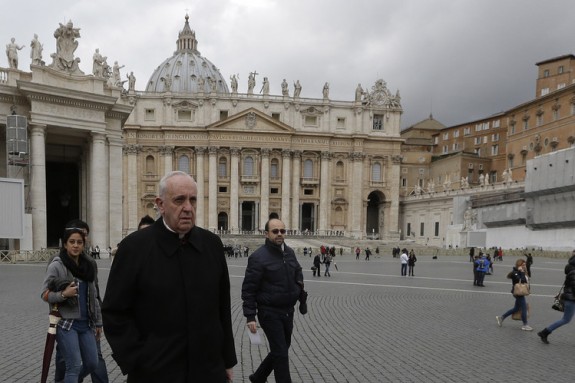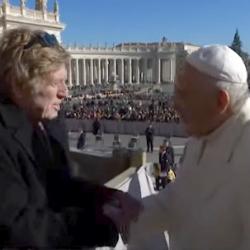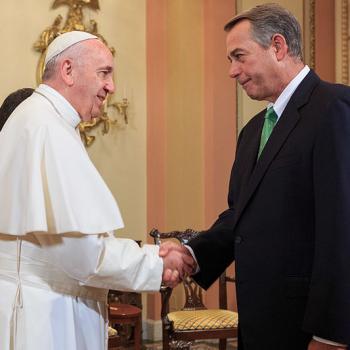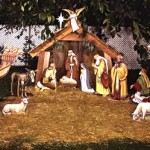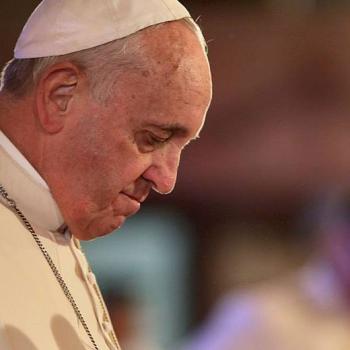The Wall Street Journal has just published an e-book on the papal election, and there’s a fascinating excerpt in today’s paper:
On March 5, after a long day of speeches at the Congregation, a group of cardinals arrived at the Pontifical North American College under the cover of night and were directed through long quiet corridors to a pair of double doors, upholstered in crimson leather. On the other side was the Red Room.
Named after a Vatican drawing room where prelates of past centuries once waited for news of whether they had been named a cardinal, the Red Room of the college offered a splendorous showcase of American Catholicism to the dinner guests. A shimmering chandelier lighted a salon trimmed with red marble pilasters and oil paintings depicting late eminences such as Richard J. Cushing of Boston and John F. O’Hara of Philadelphia—cardinals who dominated the church in post-World War II America.
Before those portraits, some of the most powerful churchmen in the English-speaking world lounged on velvet settees. They ranged from Cardinals George Pell of Sydney and Thomas Collins of Toronto to Americans such as cardinals Daniel DiNardo of Galveston-Houston and Cardinal Dolan of New York, once the North American College’s rector.
American cardinals are an important group in papal elections. They run archdioceses that are among the biggest donors to the Catholic Church and to the papacy. And as a potential bloc of votes inside the conclave, the Americans are very powerful because they’re outnumbered only by cardinals from Italy, said British Cardinal Cormac Murphy-O’Connor, who attended the dinner. Often they’re even more influential because the Italians are characteristically divided over whom to support.Sitting down at a long banquet table, the cardinals began to discuss a half-dozen papal candidates. Saucers of soup were served. The candidacies of Cardinals Ouellet and Scola were weighed. Then someone dropped Cardinal Bergoglio’s name into the conversation. “His name began to be thrown into the ring: Maybe this is the man?” recalls Cardinal Murphy-O’Connor.
The name didn’t generate much buzz among the Americans and their guests. As the evening wore on, and glasses of red and white wine began to flow, it became clear that, this time around, the Americans were not united in their thinking about papal contenders. “I thought the American cardinals were quite divided about where to go,” said Cardinal Murphy-O’Connor, who didn’t enter the conclave because he is above the voting-age limit of 80 years.
Some princes of the church believed Cardinal Bergoglio, at 76, was probably too old to become pope, especially after Benedict XVI had specifically cited his age and frailty as reasons for his resignation. “We came into this whole process thinking: The next pope has to be vigorous and therefore probably younger,” said Cardinal George. “So there you have a man who isn’t young. He’s 76 years old. The question is: Does he still have vigor?”
Two days after the dinner, however, something clicked. And it happened in the span of four minutes—the length of Cardinal Bergoglio’s speech when it was his turn to address the General Congregation. On March 7, the Argentine took out a sheet of white paper bearing notes written in tiny tight script. They were bullet-pointed.

